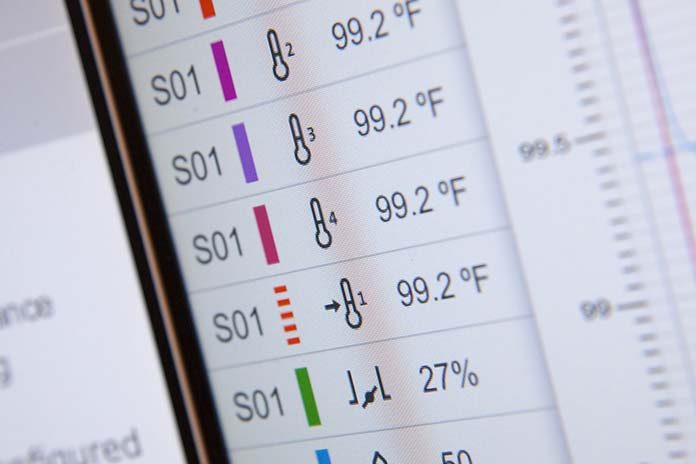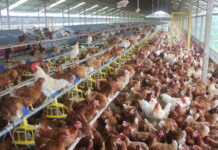
The contemporary hatchery is a complex installation. The core part is the incubators, supported by the devices that facilitate their function and auxiliary machines that reduce the demand for manual labour. Whatever the level of sophistication of the hatchery, its purpose remains the same: turning eggs into chicks in the most effective way.
The best moment to visit a hatchery is just before hatching so you can see all machinery at work for the different phases of incubation, and the newly hatched chicks too. Planning a visit at transfer time offers even more options.
A hatchery cannot improve the eggs it receives. It is easy to spoil eggs if procedures are not optimal, but good incubation can maximise the potential created on the breeder farm. A hatchery’s efficiency depends on two factors: the quality of the programs and procedures it uses – and the accuracy of their execution. The programs and procedures are an intellectual product, created from people’s knowledge and experience, and can easily be changed or corrected. But even the best program will only produce good results if it is followed closely.
Diagnosis
Questions to ask to diagnose problems:
- Do the incubators follow the programs accurately?
- During the entire process or just in certain periods?
- Can these periods be defined?
- Are the programs easy to execute or do they require high “technical effort” (e.g. intensive cooling, heating, humidifying)?
- Do all machines perform consistently or only some of them?
- What do the hatcher climate graphs (mainly relative humidity) look like? Are they regular or artificially “deformed” by changes in the set points?
In an optimum scenario, programs are followed closely all the time and the selected parameters can be achieved without much “effort”. Once we know that the incubators are working correctly, it is time to verify the programs and procedures. That requires taking measurements during a visit and evaluating the hatchery’s routinely collected records. In most hatcheries many batches of eggs are incubated sequentially using the same incubation program, so it is possible to check eggshell temperatures (EST) on different days of the process.
Hatch day
The hatch day is the moment to judge chicken quality and look at hatch waste: unhatched eggs and shells. The following questions are useful:
- What common defects do the chicks have: thick bellies, poor navels, red hocks, dehydration, poor uniformity, weakness or others?
- Can we relate defects to any known measurements, e.g. egg weight loss, EST, incubation time?
- What can we learn from the hatch waste regarding height of pipping, dryness of shells and unhatched embryos?
- Are there still many live embryos in the shells?
- On what day of incubation do most embryos die?
We can use the information obtained from these observations to evaluate the incubation process and draw conclusions. Obviously, incubation is not the only responsibility of the hatchery. Mistakes made before egg setting and after chicken take-off are also a frequent source of losses, most of which can be detected by analysing waste or obtaining feedback from clients.
Advice
Short list of actions for a hatchery visit:
- Review the entire procedure from the egg receiving to chicken dispatch.
- Make sure that the machines are following the program.
- If not, check the reason for this.
- Measure the EST on several different days of incubation.
- If possible, evaluate other important data, e.g. egg weight loss and chick yield.
- Check and evaluate chicken quality and hatch waste.
- Only then correct the program and try it out on 1-2 machines.

















